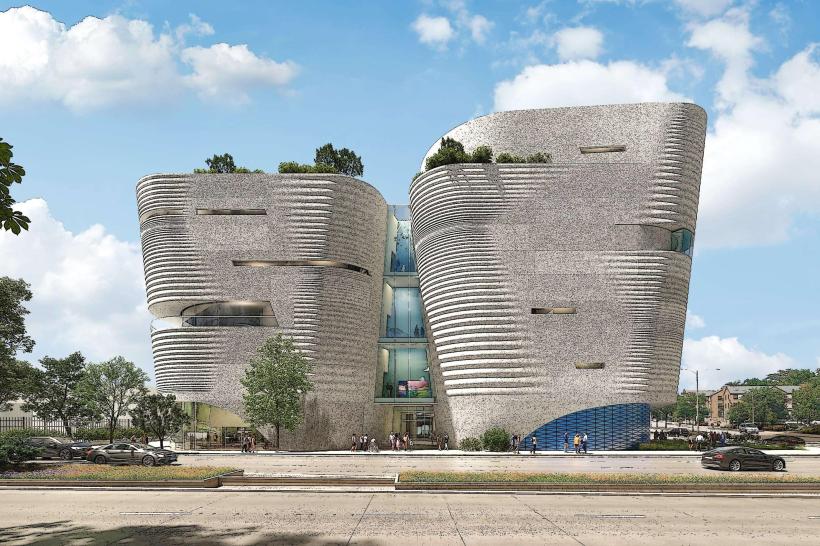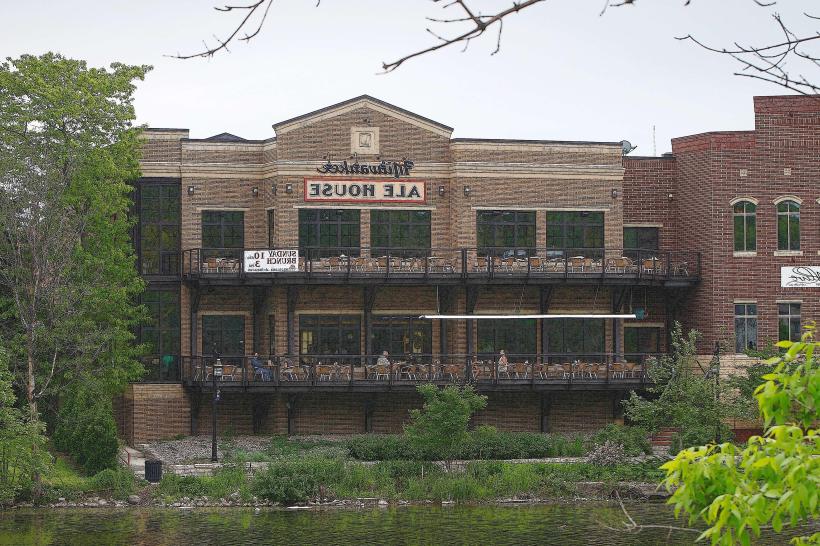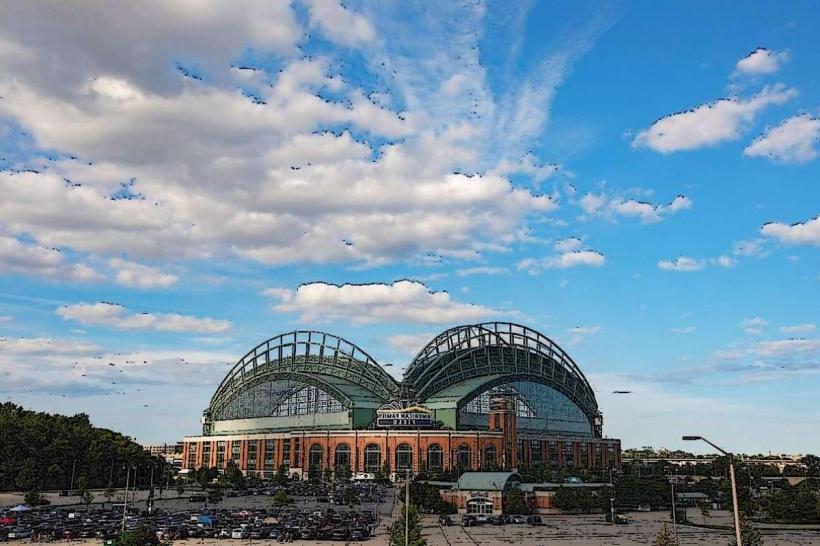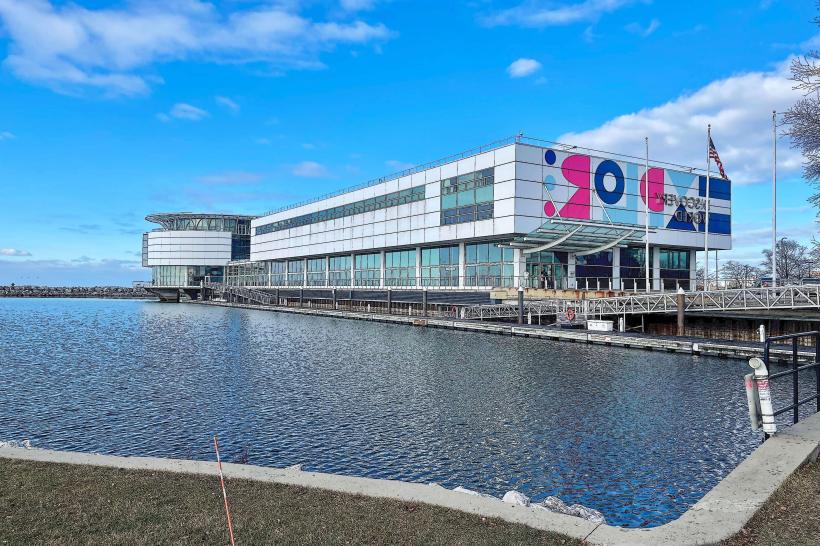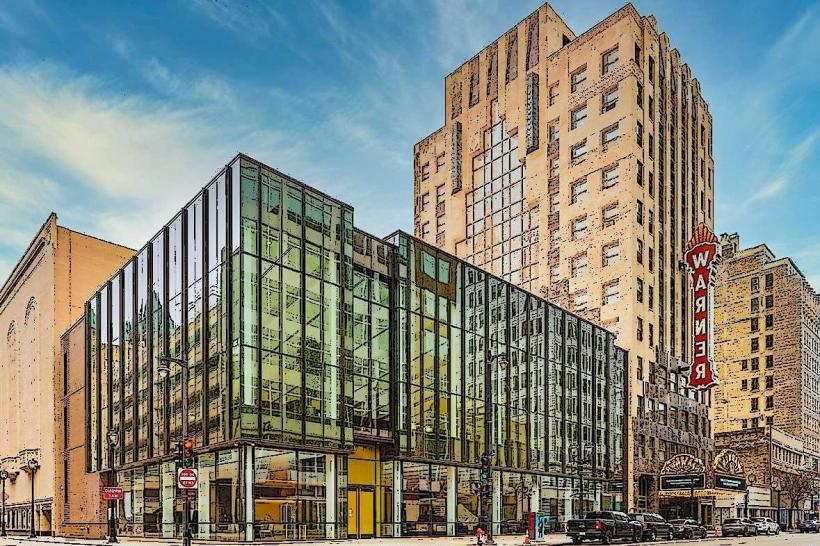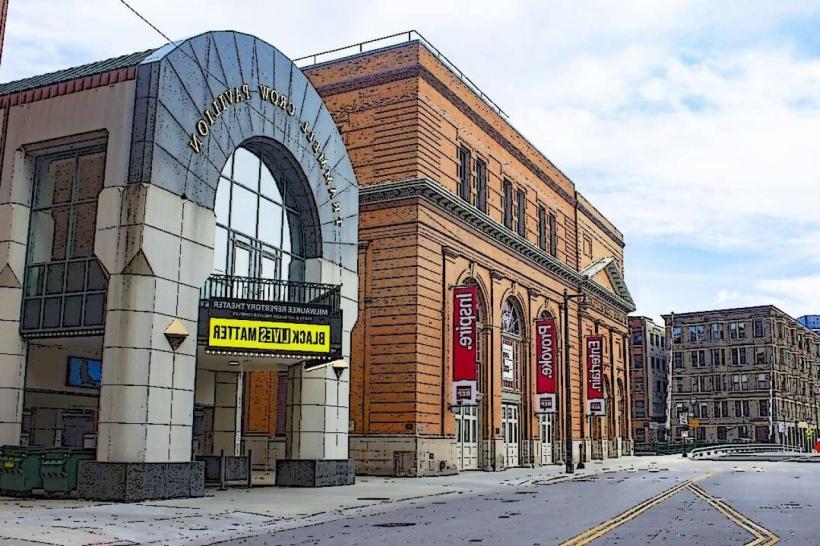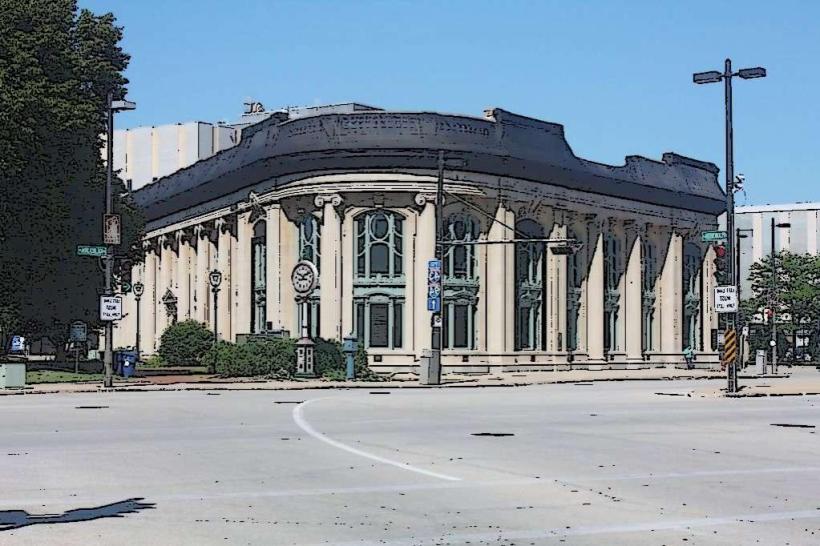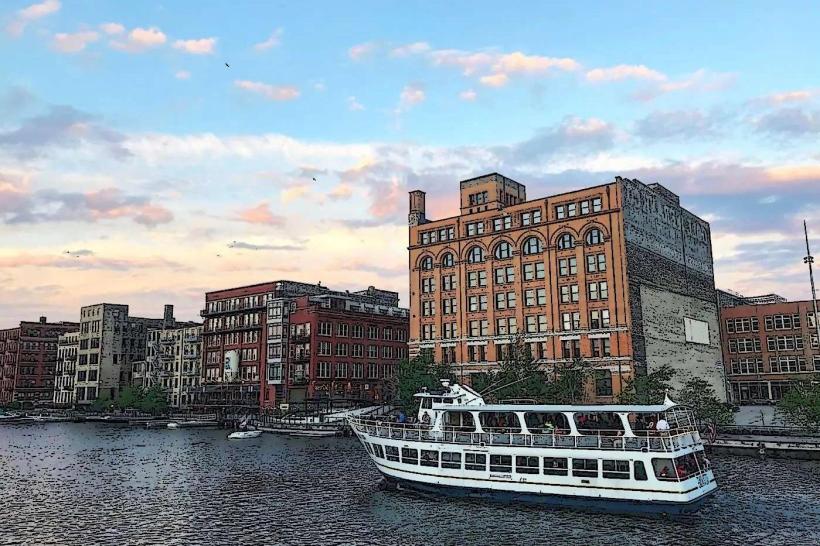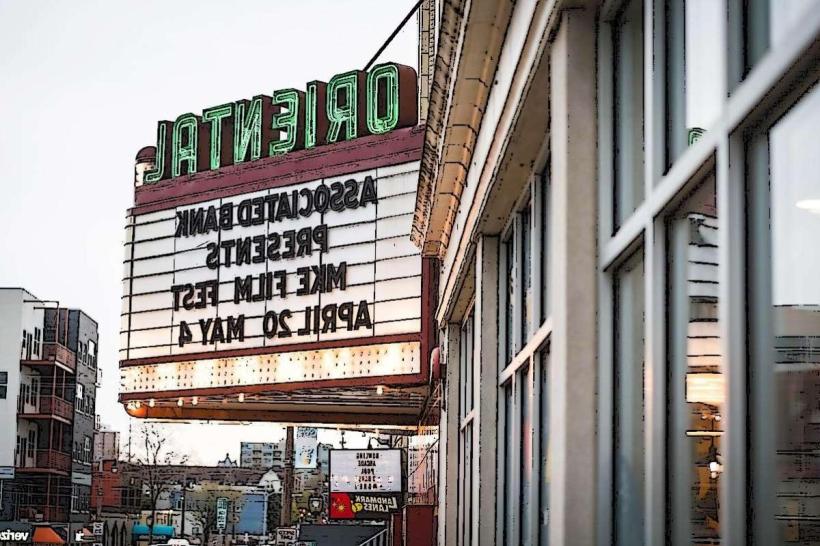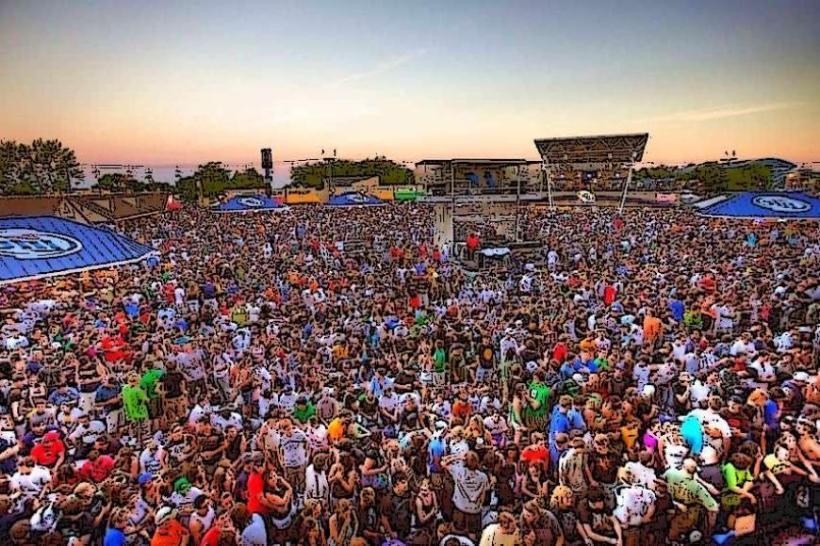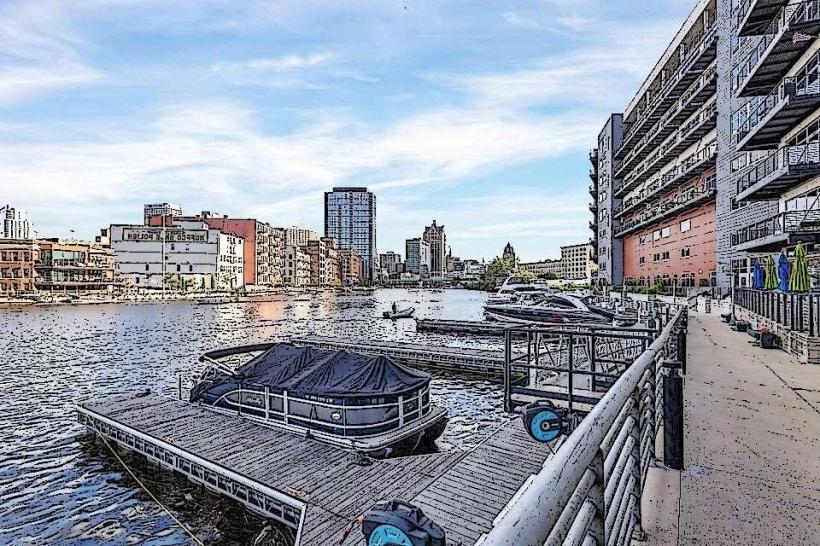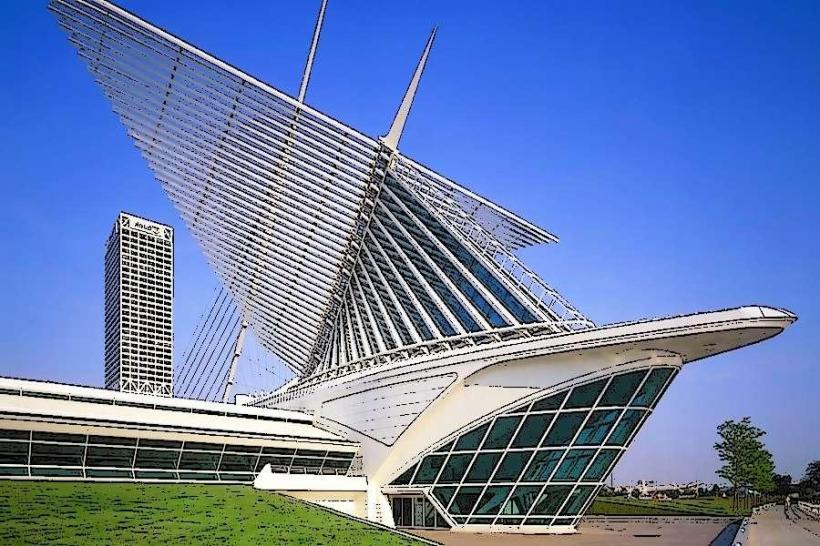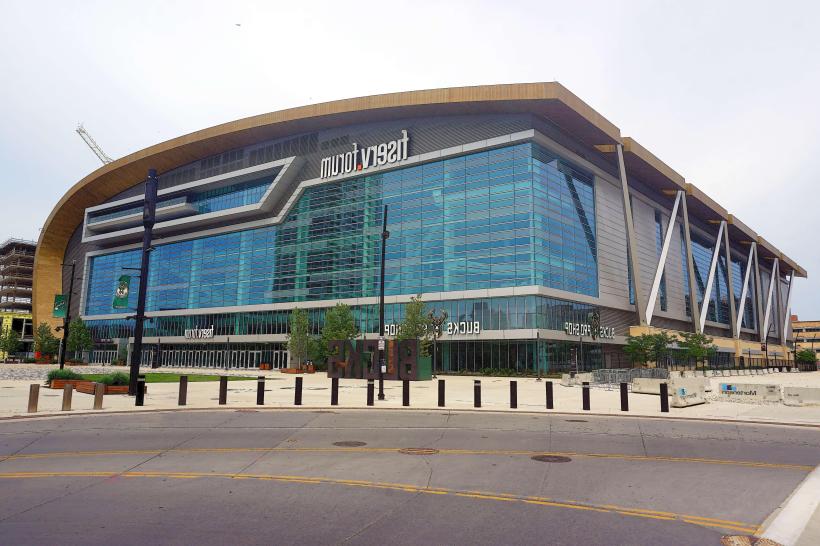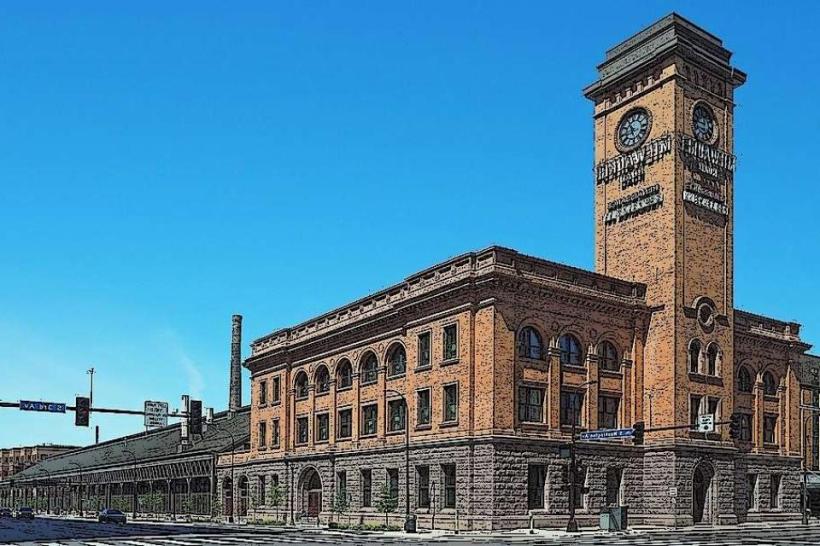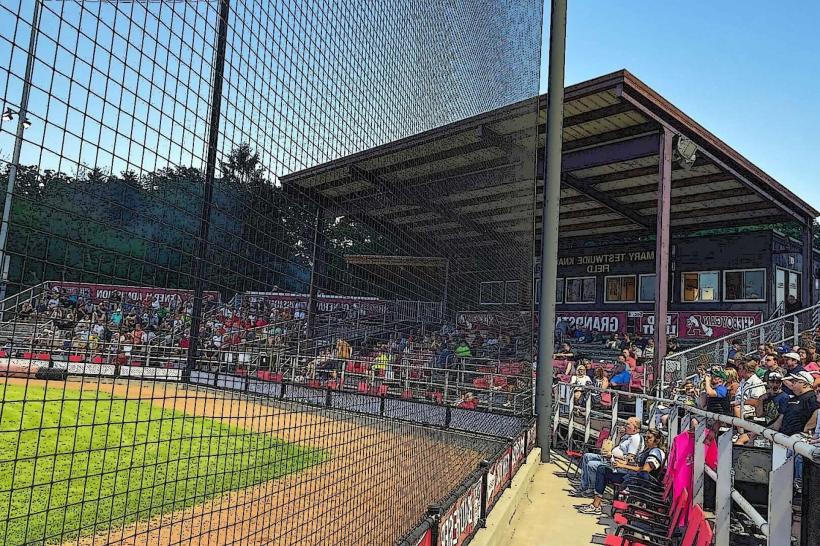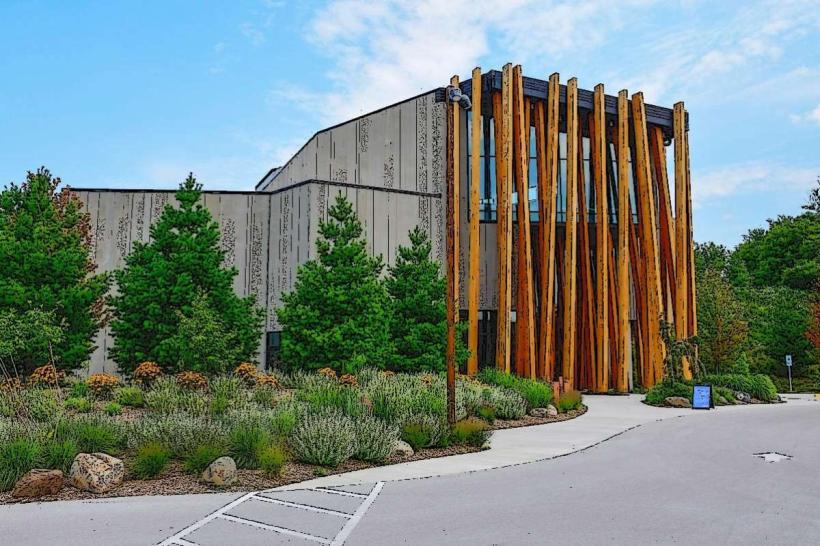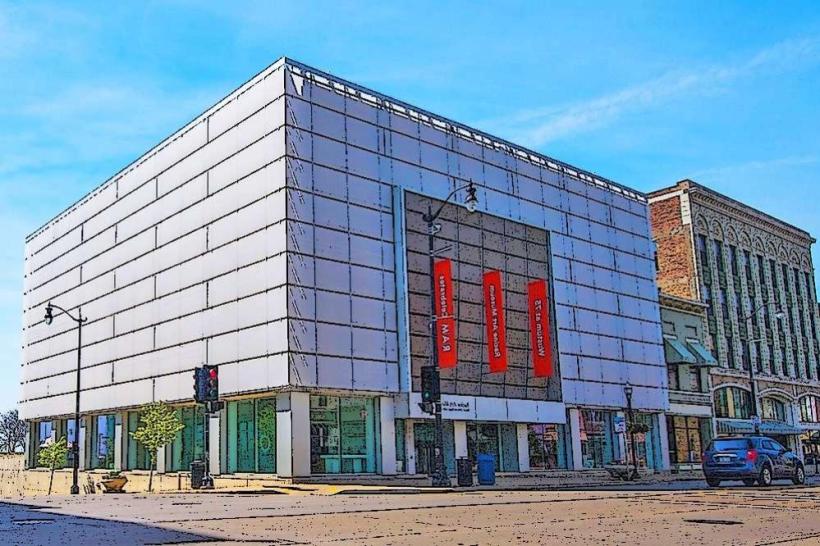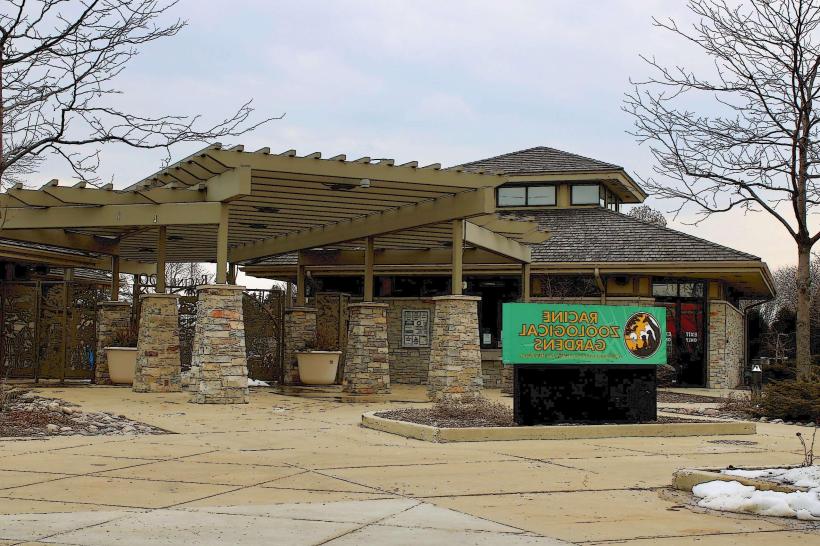Information
Landmark: Historic Third WardCity: Milwaukee
Country: USA Wisconsin
Continent: North America
Historic Third Ward, Milwaukee, USA Wisconsin, North America
Historic Third Ward – In Detail
Location: Just south of downtown Milwaukee, bordered by the Milwaukee River, Lake Michigan, and the Intermodal Station.
Size: Approximately 10 to 12 city blocks.
Historic Status: Listed on the National Register of Historic Places since 1984.
1. Historical Background
The Third Ward began as marshy land, reclaimed in the 1850s. Early settlers were predominantly Irish immigrants who worked in shipping, warehousing, and railroads. Due to its rough-and-tumble reputation, it was nicknamed the "Bloody Third" for frequent brawls and rowdy behavior.
A pivotal tragedy struck in 1860 when the passenger steamer Lady Elgin sank in Lake Michigan, resulting in the loss of over 300 Third Ward residents. This maritime disaster remains one of the deadliest in Great Lakes history.
In 1892, the Great Third Ward Fire devastated the area, destroying over 440 buildings and displacing thousands. The neighborhood was quickly rebuilt between 1893 and 1905, resulting in a cohesive architectural style featuring brick warehouses designed to prevent future fires.
Following the fire, Italian immigrants became the dominant community. They established produce businesses, saloons, barbershops, and restaurants, shaping the commercial and social fabric of the area. The Blessed Virgin of Pompeii Church, built in 1904, served as a cultural and spiritual center for the Italian-American community until its demolition in the 1960s due to freeway construction.
2. Decline and Revitalization
During the mid-20th century, construction of the I-794 freeway physically cut off the Third Ward from Lake Michigan and disrupted the community. The neighborhood entered a period of decline characterized by industrial abandonment, increased truck traffic, and a reputation for nightlife venues like strip clubs.
A grassroots preservation movement emerged in the 1970s and 1980s, culminating in the neighborhood’s designation as a historic district in 1984. This sparked extensive renovations of old warehouses into residential lofts, art studios, theaters, and boutique retail spaces.
Modern revitalization efforts included the opening of the Milwaukee Public Market in 2005, which became a regional draw. The completion of Lakeshore State Park and the introduction of the Hop streetcar in the 2010s further improved accessibility and appeal, transforming the Third Ward into a vibrant, walkable urban district.
3. Architectural Features
The Third Ward is characterized by its late 19th and early 20th-century brick warehouses and commercial buildings. Following the 1892 fire, the reconstruction focused on fire-resistant materials and functional design, leading to a unified architectural style.
Buildings often showcase Chicago Commercial style and Romanesque Revival influences, with large multi-pane windows, heavy timber framing, and decorative ironwork. Notable structures include the Marshall Building, an early example of reinforced concrete design, and the Baumbach Building, which embodies classic industrial Chicago style.
Many buildings have been converted into residential lofts, galleries, or retail spaces while retaining their historic character.
4. Current Cultural and Economic Scene
Today, the Third Ward is Milwaukee’s arts and fashion district. It hosts over 25 art galleries, including prominent spaces such as the Tory Folliard Gallery and the Portrait Society Gallery. The Milwaukee Institute of Art & Design (MIAD) adds an educational and creative presence to the neighborhood.
The Broadway Theatre Center serves as a hub for performing arts, housing organizations such as Skylight Music Theatre, Milwaukee Chamber Theatre, and Renaissance Theaterworks.
The Milwaukee Public Market anchors the northern part of the ward, providing a bustling marketplace featuring local food vendors, specialty goods, and regular cooking classes and community events.
Retail offerings include high-end boutiques like Anthropologie and Lululemon alongside local design studios and home décor shops. Dining options range from casual eateries and rooftop bars to upscale restaurants, such as Café Benelux and Onesto.
5. Events and Entertainment
The Third Ward hosts a range of vibrant public events. Gallery Night & Day occurs quarterly, inviting visitors to explore galleries and artist studios. The annual Third Ward Art Festival, held over Labor Day weekend, draws hundreds of artists and thousands of attendees for an open-air arts showcase.
Holiday events such as Christmas in the Ward feature festive markets, tree lightings, and seasonal entertainment. Other community celebrations include Small Business Saturday and Milwaukee Fashion Week.
Public spaces like Erie Street Plaza and the RiverWalk provide scenic, pedestrian-friendly areas along the Milwaukee River. These spaces feature landscaping, seating, and public art, enhancing the neighborhood’s appeal as a leisure destination.
6. Lifestyle and Demographics
The neighborhood’s population consists mostly of professionals and creatives, attracted by the walkable urban environment and historic charm. Median household incomes are significantly above the city average, and educational attainment is high, with many residents holding bachelor’s degrees or higher.
Housing options include converted lofts in historic buildings, modern condominiums, and new apartment developments. Employment within the neighborhood focuses on creative industries, marketing, design, tech, and boutique retail.
7. Transportation and Accessibility
Transportation options include The Hop streetcar, launched in 2018, which connects the Third Ward to downtown Milwaukee and nearby neighborhoods. The Milwaukee Intermodal Station is nearby, offering Amtrak and bus services.
The area is friendly to pedestrians and cyclists, with protected bike lanes and wide sidewalks. Parking is available in surface lots and garages but can be limited during large events, encouraging public transit and walking.
Summary
The Historic Third Ward represents a successful example of urban renewal, blending Milwaukee’s industrial past with a thriving modern cultural and commercial environment. Its mix of historic architecture, arts and design venues, dining, retail, and waterfront access create a unique neighborhood that serves as both a residential community and a regional destination for locals and visitors alike. The Third Ward’s evolution from working-class district to vibrant arts hub underscores Milwaukee’s ongoing commitment to preserving history while fostering innovation and growth.


